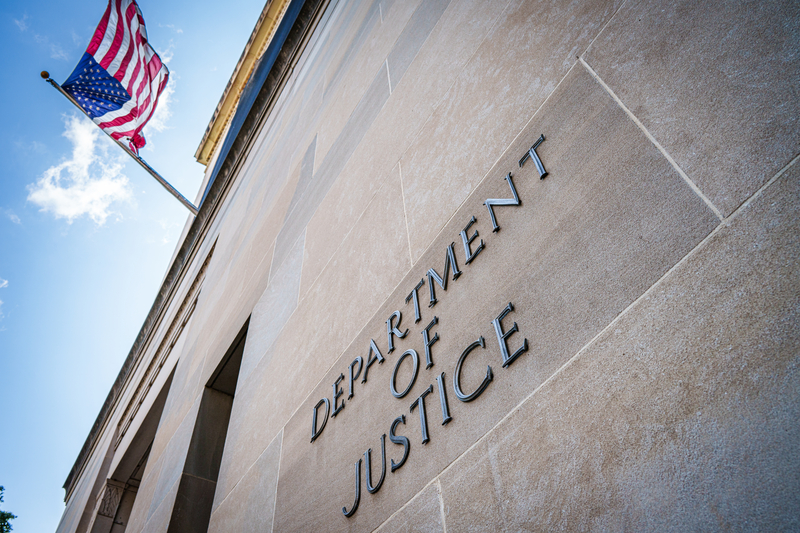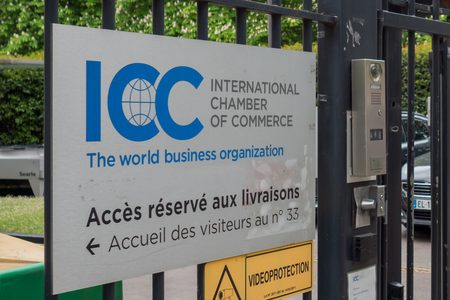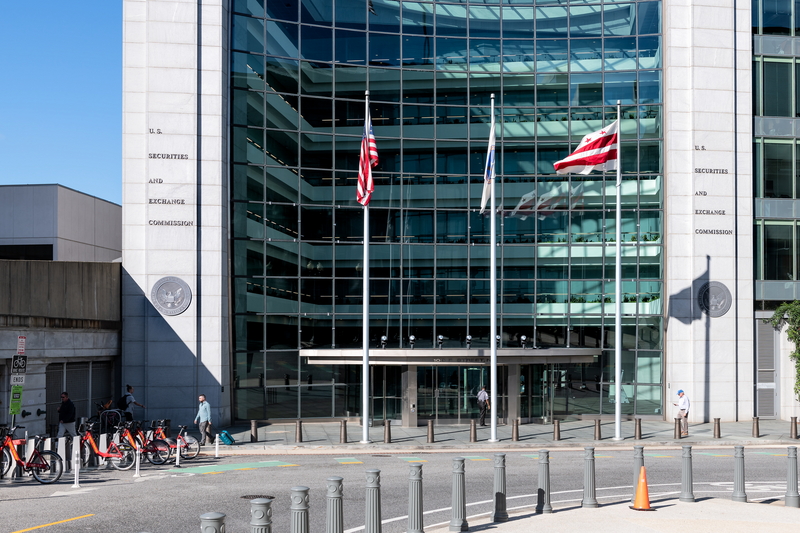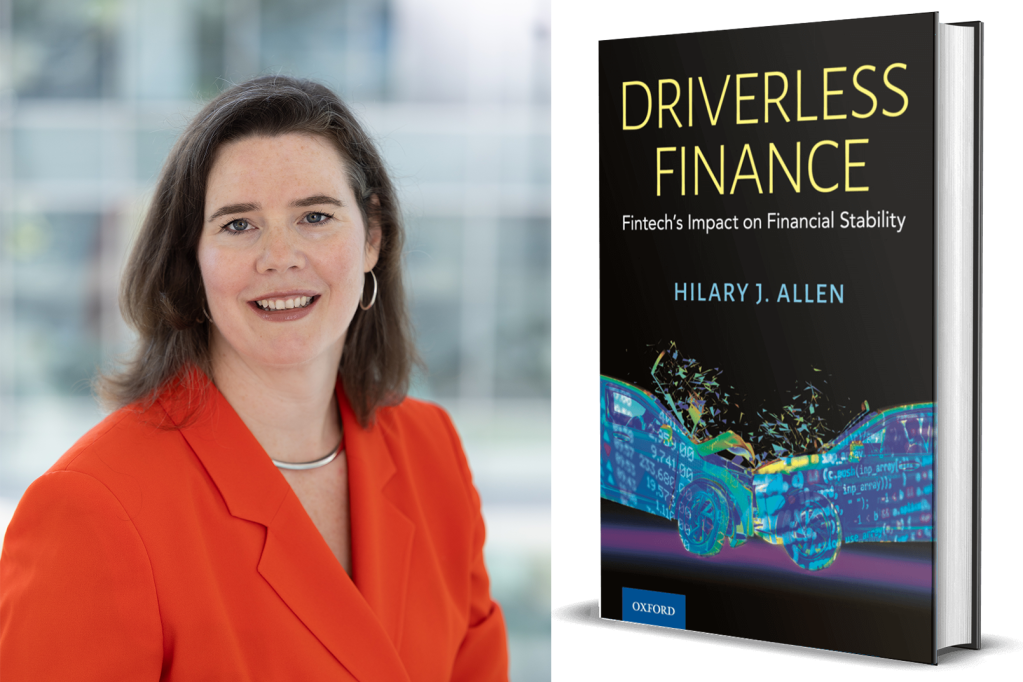New market and policy initiatives in 2025 create a truly challenging healthcare environment, but they also present businesses and stakeholders with the opportunity to expand into some new areas, such as new technology leveraging artificial intelligence (AI).
Functions are rarely siloed any longer, as teams must collaborate to navigate ever-changing supply chain challenges, regulatory changes, data-management and privacy concerns, and more.
Jeff Lemay, who most recently served as the Executive Director, Compliance and Ethics Officer for Dublin-based Jazz Pharmaceuticals, discussed these issues in a podcast discussion you can soon access on the GRIP website.
In our discussion, we spoke of regulatory change management, Lemay’s expectations of regulatory changes on the horizon, supply-chain and trade and tariff issues, drug approval timelines and risk, third-party risk management, and the fluctuating messaging around foreign bribery enforcement.
Lemay, who has experience working in both legal and compliance departments in both large and mid-sized pharmaceutical companies and who has experience working on the health policy side of the fence as well, remains optimistic about the state of compliance in this highly regulated business sector.
But there are challenges facing compliance professionals.
Regulatory change management
“This new era of the Trump administration and what it means for compliance professionals in the pharmaceutical industry will require ample dialogue between the compliance professional and their leadership teams,” Lemay said. “Although we’re likely moving into a more risk-tolerant administration, the Office of the Inspector General is not going away and the regulations and subsequent guidance, promulgated by the Office of the Inspector General, cannot be ignored.”
Lemay pointed out that the industry is still working in a highly bipartisan environment when it comes to criticism of the pharmaceutical industry, and President Trump has been silent about what direction he’ll move in in the coming months and years.
“But if we look at how he responded in his prior administration, it was really around price negotiations. I anticipate we’ll see more noise in this area, but where this will lead us is really a wait and see. We should remain vigilant and flexible in our approach.”
FCPA uncertainty
I asked Lemay about the areas we might see more or less prosecutorial activity in by the Department of Justice, and I mentioned the different messages the administration has put out (at the time of our discussion) in terms of enforcement, particularly in the area of the Foreign Corrupt Practices Act (FCPA).
He said firms need to be mindful of the fact that, just because the 1977 Act has been both narrowed down in scope and stayed indefinitely as a law in the past couple of weeks, this does not mean third-party risk management programs need to be altered.
The different messaging is certainly confusing for compliance and legal teams, especially in such a highly regulated sector as healthcare with several enforcement cases on the books under that law.
“I don’t necessarily think companies need to shift course in drafting additional policies or existing ones,” Lemay said. “What pharma companies should be doing is looking at this as an opportunity to really enforce the policies that they have for third-party risk. What I mean by that is that companies that can better manage risk, can better measure it, are in a better position to take on more risk.”
Lemay says it’s really a call to action for compliance functions to make sure that they’re keeping their policies front and center and that they’re actually staying vigilant.
“I would not rush out and change anything. Just measure and manage the risk you have right now. In this environment, which appears to be a more risk-tolerant one, that dialogue with your leadership needs to include a balanced risk discussion. They will likely see this as a chance to take on more risk, but in the compliance realm, we know risk swings like a pendulum. It could and likely will swing back in the blink of an eye. Companies need to be prepared,” he said.
He explained that what he means by this is that the lighter touch by government agencies does not mean they are not watching and won’t be ready to strike when bad actors are identified. “They’re still going to be enforcing the FCPA. I have no doubt. But it’s more of a wait and see position and a new prioritizing,” he said.
Keep doubling down on your third-party best practices, and if for some reason you don’t have them or find they are subpar, build them up, he advised.
I mentioned that the FCPA has a five-year statute of limitations, so it is likely to outlast this administration. “Exactly,” said Lemay. “We need to stay true to the compliance procedures and practices that have proven to be effective for our organizations and how they manage reputational and other types of risk.”
Communication strategies
While we work in a time of great change, there are also some communications that need to be delivered to executive leadership and the board that outline strategies and bring a sense of reasoning and sensibility to what is going on in the environment, Lemay added.
“A company’s board of directors, executive leadership, and its compliance committee, all hear the same rumblings we do. We get different slants to the same story, depending on the news source. Some might believe the sky is falling, and it is incumbent on the compliance professional to sit back, absorb the information and really digest it to get a sense as to what it means for the business,” he said.
Lemay said he used to work in a space that includes rare disease research and treatment – serious matters that can keep you up at night. But they don’t have to, he said.
“We don’t need to be paralyzed, as we still have businesses to run, and this truly is a time when businesses in the United States are taking on a bit more risk,” he said.
That’s OK, he said. But what we get paid for as compliance professionals is balancing different needs – the need of the business to make a profit, the business’s future direction, patients’ needs – especially around safety concerns, and the government’s priorities.
Using AI
I turned the conversation to AI, since technology enhancements are a big part of clinical trials now.
Lemay emphasized that monitoring is essential for such trials, but he’s no tech skeptic. He thinks the two main areas for its deployment are probably pre-clinical and post-clinical trials where there’s also a lot of opportunity.
“When you think about preclinical, ie, drug discovery, you can use AI in creative ways before using anything on a human. And that’s great information at a critical early stage. And post-clinical, you can use it for real-world evidence generation. Doing it faster and more efficiently,” he added.
“I think what pharma companies should be doing is looking at this as an opportunity to really enforce the policies that they have for third-party risk.”
Jeff Lemay
Although it does not mean these AI uses won’t bring risk to the business, it’s just that there is less risk because we’re doing them before or after humans are involved, he said.
“When it comes to using AI in human trials, that’s where I am a little nervous. I think AI will get there – but maybe not in these early days. My concern there is in how the Federal Drug Administration would use AI outputs to validate the data you’re looking at in a mid-stage human-based trials. We will likely get there, though,” he added.
Gray areas
I had to ask Lemay in closing about his final thoughts for compliance officers in this industry sector at this time in our history.
Lemay was ready for the query.
“I think this is a really exciting time for compliance officers in the pharmaceutical space,” he said. “And the reason for that is because if you’re a compliance nerd like I am, this world of uncertainty and change is one that suits a compliance officer’s strengths. We live in worlds of gray and rarely see things in black and white,” he pointed out.
He said a compliance officer’s job is not to say yes or no – it’s to actually provide advice on risk.
This is a great time to think about risk and get back to basics. “Do we have the proper policies to support the risk that we want to take? And, if not, it’s time to revisit that. Those are the conversations you should be having with your boards and executive leadership. It might be a challenging time, but it’s an exciting one,” he said.

















